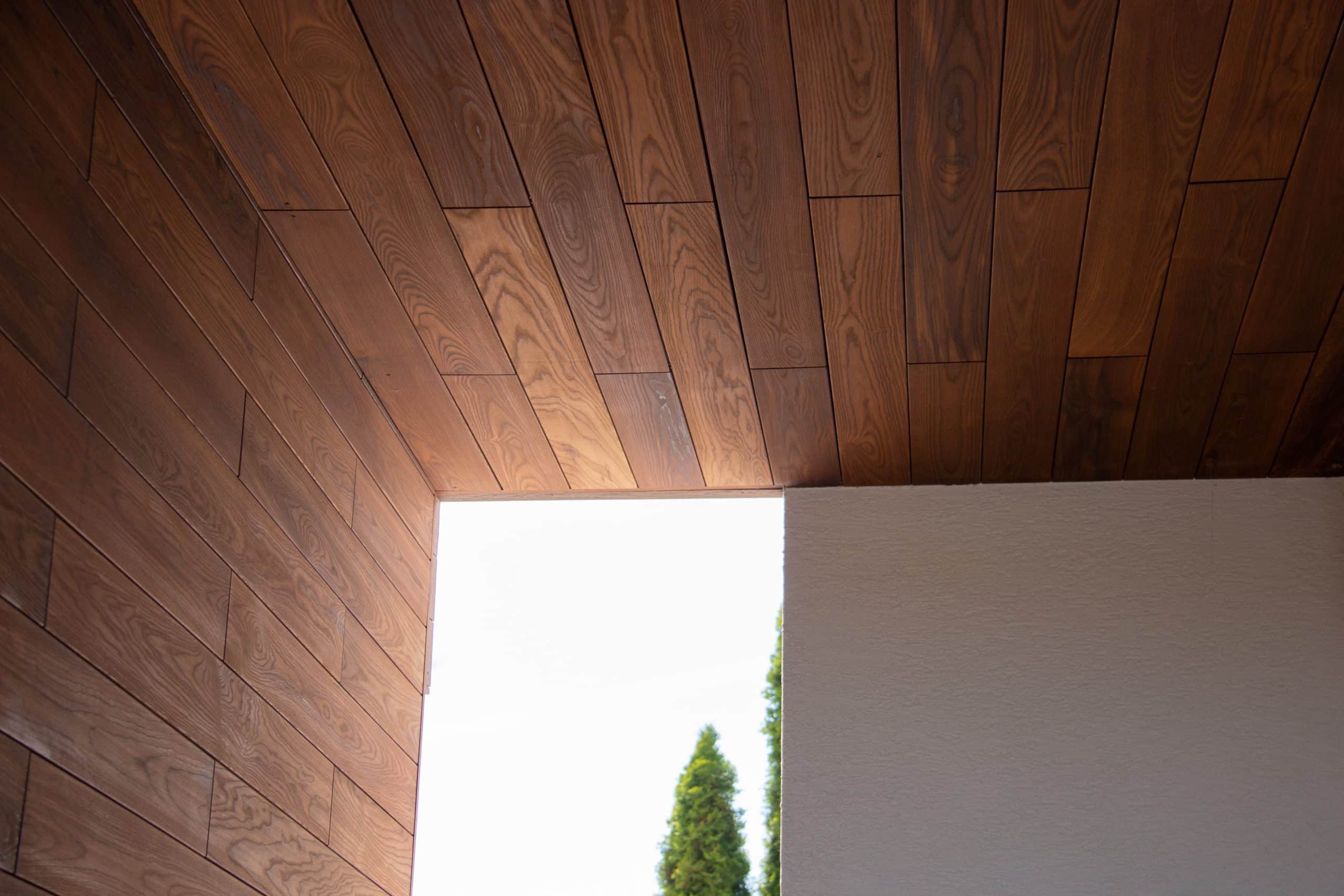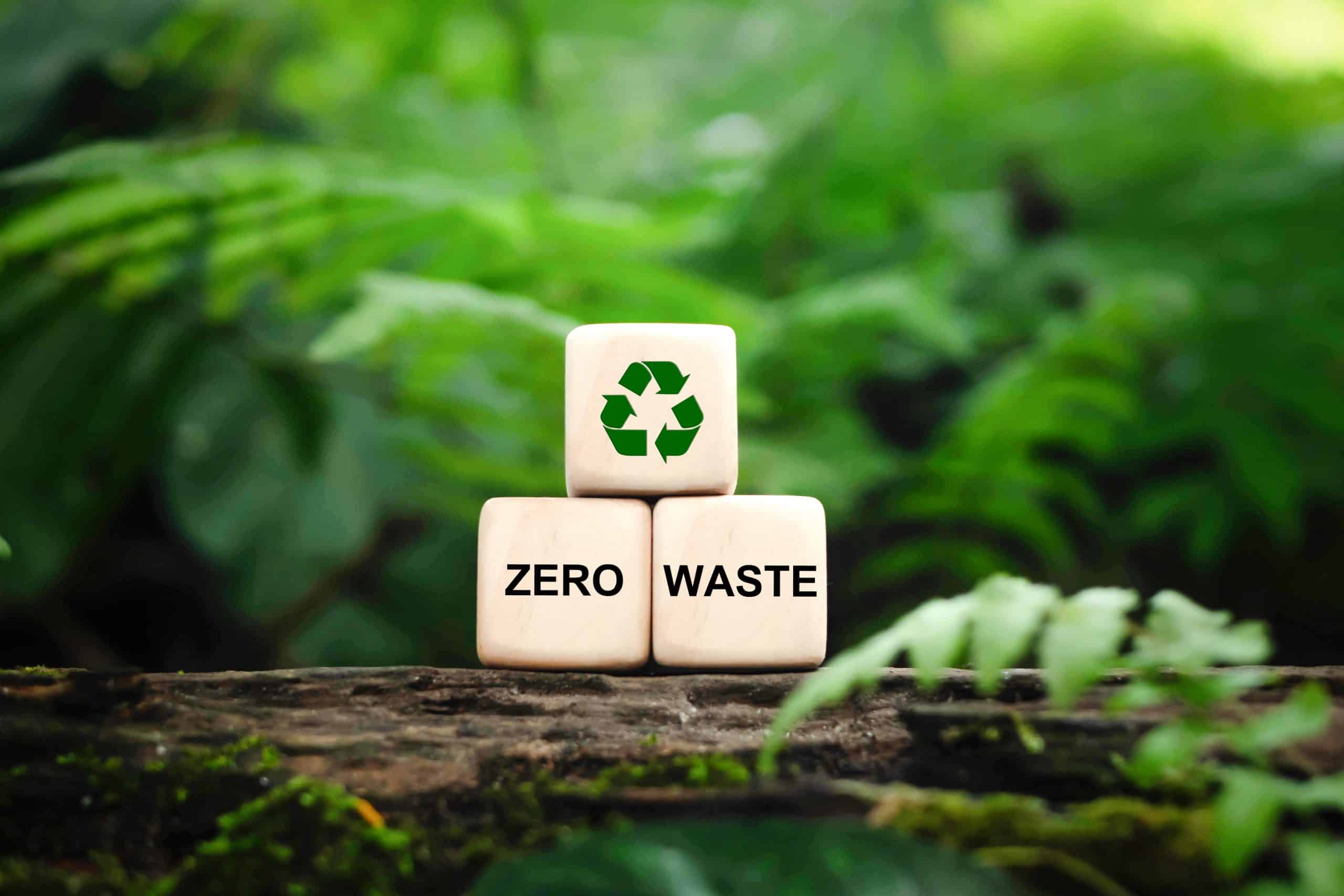Thermowood – Introduction, Pros, Cons, and Applications
Wood has long been a naturally available material to mankind. Thermowood is a natural wood whose cellular structure has changed as a result of thermal processing. Thermally changed wood is referred to as Thermowood. This form of modified wood is a better alternative to impregnated wood because it is not harmful to the environment. In this information, we will introduce Thermowood and discuss its advantages, disadvantages, and uses.

This cladding was processed from Radiate Pine
What is Thermowood?
A unique sort of modified wood that is stronger and more durable than conventional woods due to superior heating technology. In general, wood is heated without being ignited to create Thermowood.
The following is a summary of the process.
Thermowood Processing
1. During this process, the wood is heated to 220 degrees Celsius and then stopped before burning.
2. Increasing temperature alters the chemical structure of wood, affecting its qualities. Changes in wood qualities result in increased strength, durability, and insulating capabilities.
3. Thermowood processing transforms the natural colour of wood into a dark brown hue. If exposed to sunlight without a surface covering, the thermo wood’s colour will gradually change to a very appealing silver grey.
4. During the cooling step, water is sprayed on the wood to reduce its temperature. By reducing the temperature of the wood, the required moisture, which is around 4%, is returned to it.
Thermowood is produced in a variety of ways using water vapour, oil, and other materials, but the three stages of “drying, heating, and cooling” are common to all of these procedures. In general, no chemicals are used to manufacture this product.
Excellent durability and dimensional stability.
After being thermally modified (Thermowood processing), the moisture content of the wood drops, and the wood develops a feature known as “moisture balance,” which is greatly reduced as a result of moisture absorption and heat exchange between the wood and its surroundings. This has a specific influence on dimensional stability, crack reduction, and a large boost in Thermowood insulating qualities.
Resistant to Rot and insect attack.
Thermally treated wood is ideal for usage in a variety of climates and circumstances. As a result, we can conclude that this product has outstanding biological durability. Due to the breakdown and disintegration of hemicelluloses in high-quality Thermowood, these products will not provide a nutrition supply for wood rot-causing insects or fungus.
Recyclability
Remember that no chemicals are used in the creation of Thermowood, and that this process simply involves high heat and water vapour. As a result, the finished product can be returned to nature long after it has served its purpose. Due to the increasing amount of environmental contamination in the modern world, recyclability is one of Thermowood’s most essential characteristics.
Thermowood offers numerous advantages, including high resistance to abrasion and weather conditions, easy installation, cresent cutting for arched areas, easy maintenance, excellent thermal insulation, low weight, no negative impact on human health, pure and uniform texture, beautiful colour, resistance to rot and insect attack, and no gum.
Disadvantages of Thermowood:
While this wood has many benefits, it may also have some small drawbacks. The following are the downsides of Thermowood:
- Processing wood at high temperatures reduces ignition time, which is a negative. These woods have relatively little moisture and burn quickly. One potential downside of using Thermowood in constructions is its reduced flexibility due to low humidity levels. This may influence the use of this wood in various applications.
- Thermowood has the disadvantage of changing colour over time. Especially if it’s exposed to sunshine. This could be a drawback for certain outdoor projects.Thermowood can be used for a variety of applications, including building facades, outdoor and indoor flooring, interior decoration, outdoor furniture, pergolas, awnings, roof gardens, doors, windows, attics, saunas, swimming pools, fences, stair floors and flowerpots.
Quality Detection Method
There are various principles that separate high-grade Thermowood from inferior ones.
First and foremost, request a valid certificate from the vendor. This certificate contains all of the data about the Thermowood production process, including heat and temperature. This certification boosts consumer confidence.
- The wood veins must be close together. If these veins are far apart, it indicates a distance from Heartwood. Thermowood obtained from heartwood is of much higher quality.
- The woods should be smooth and polished, with no seams, fissures, or black patches.
- Thermowood is dark brown due to extreme heat exposure.
- Thermowood thickness ranges from 18 to 21 mm, to acquire Thermowood, obtain samples from various trustworthy companies, compare them, and confer with specialists in the industry.

